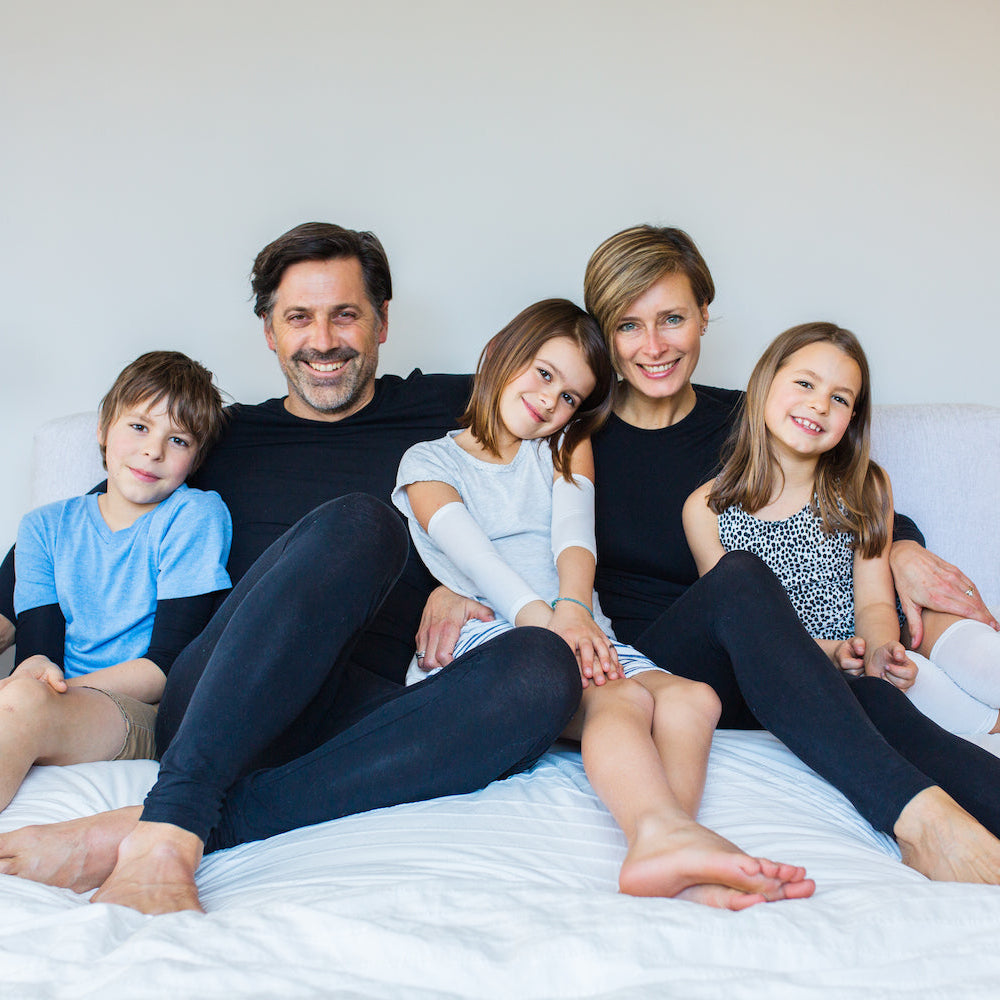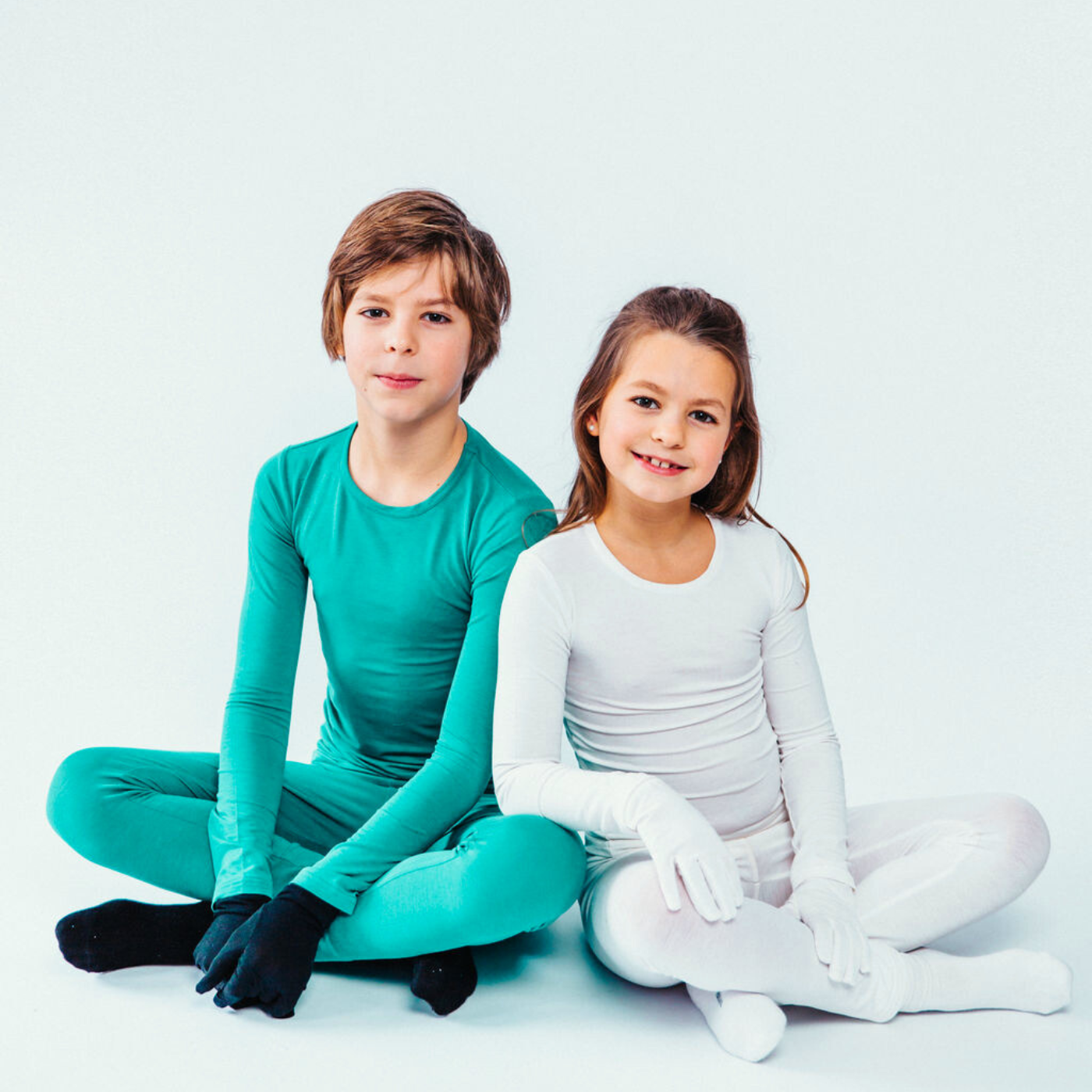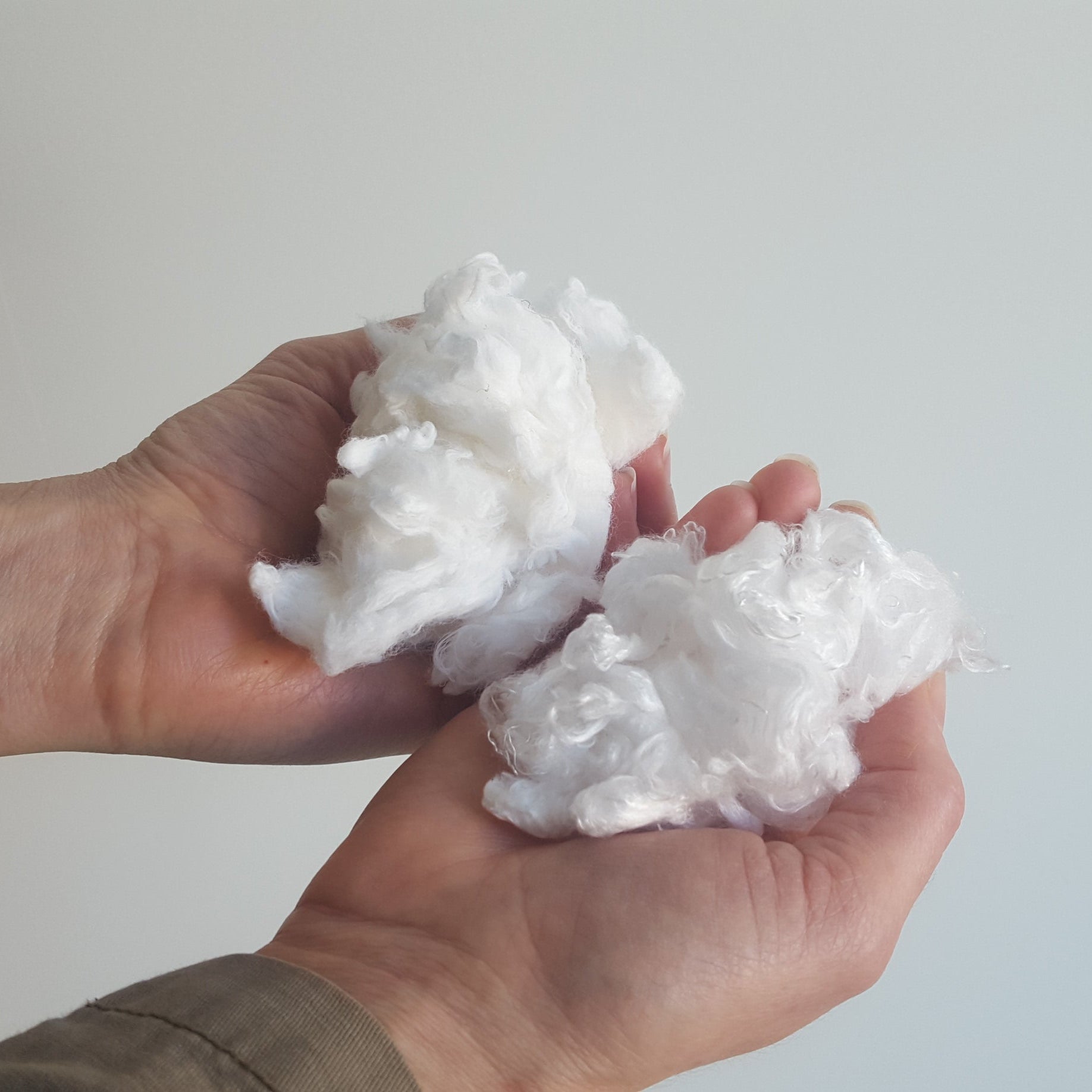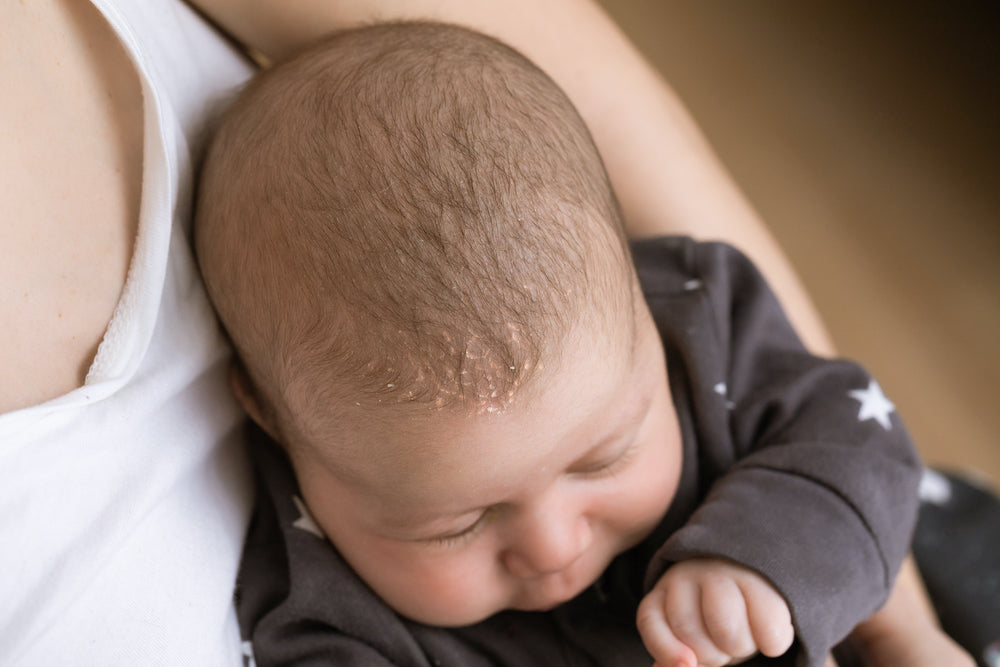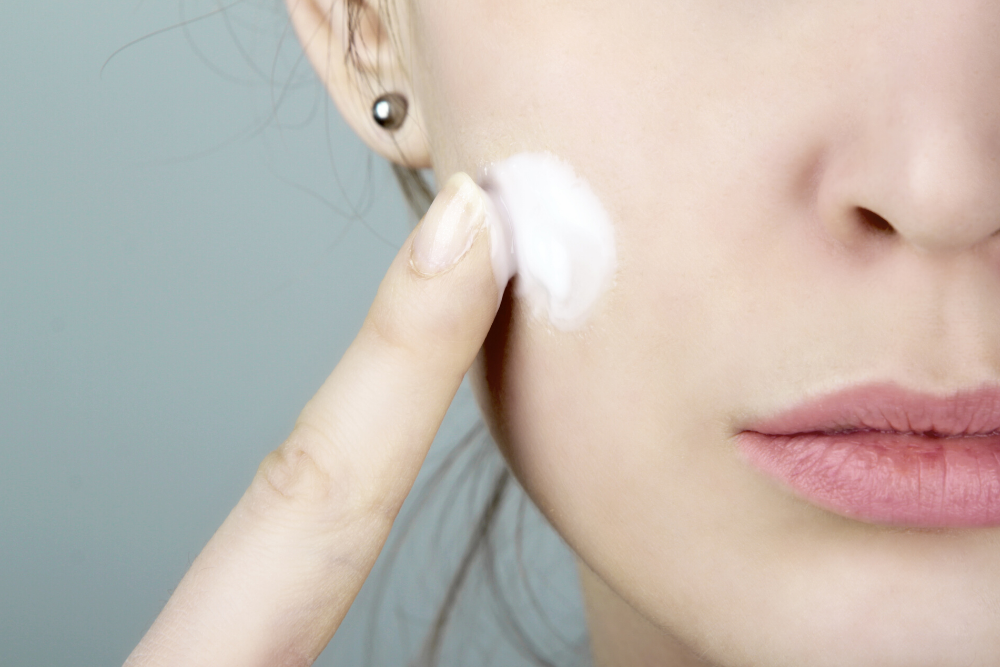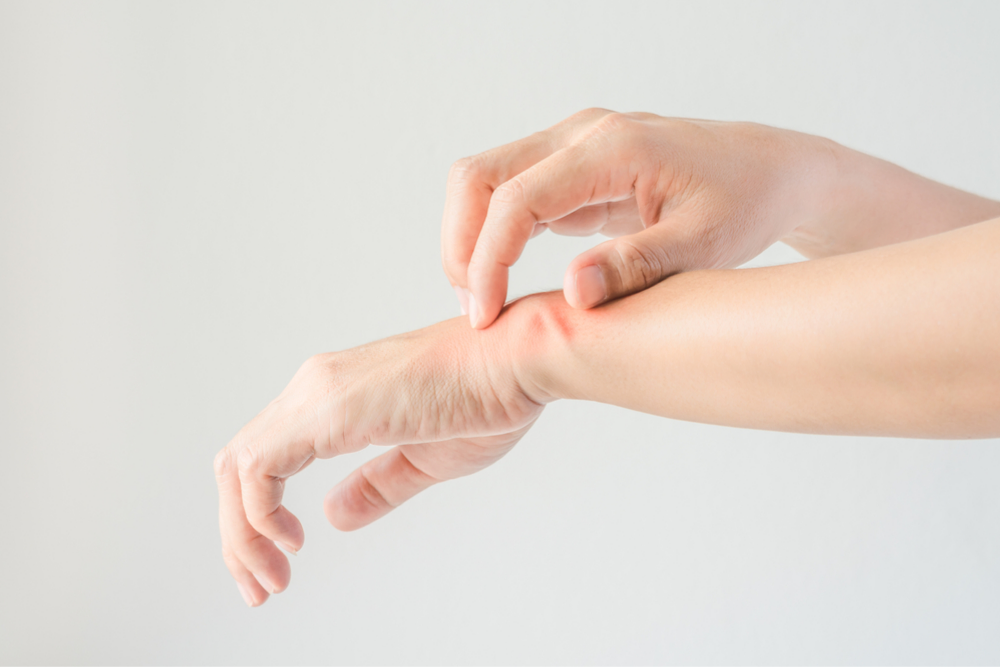If you’re noticing greasy, crusty patches or yellowish flakes appearing on your baby’s scalp, your little one may be suffering from cradle cap. Don’t worry - this is a common skin condition. Known as seborrheic dermatitis in adults, cradle cap typically develops in babies after the first few months of birth.
While the condition will usually go away on its own, we’re sharing some natural cradle cap treatments, as well as the best protective clothing for sensitive scalps, to help your baby get through his or her cradle cap days as comfortably as possible.
Please keep in mind that although these treatments can relieve cradle cap, we are in no way medical professionals. If you’re experiencing severe symptoms like fever or an infection, it is best to seek medical advice immediately.
What Causes Cradle Cap?
Truth be told, experts aren’t exactly sure what causes cradle cap in babies. It may be more likely to appear in babies with particularly oily skin, but more research is needed to back this up. One thing is certain, however; cradle cap is not caused by poor hygiene!
So don’t worry - we’re sure you’re bathing your baby often enough! Another important fact to note is that cradle cap is not contagious.
What Does Cradle Cap Look Like?
Also known as scalp eczema, cradle cap usually appears on the scalp or face of babies. Its prime characteristics are yellowish, greasy, and often crusty, patches of skin.
Although cradle cap symptoms will generally disappear after three months, it’s also possible the condition will turn into dandruff or other forms of seborrheic dermatitis – a long-term skin disorder involving itchy and inflamed skin on the scalp, face or chest – as the baby gets older.
Natural Treatments for Baby Cradle Cap
We never recommend using products laden with synthetic and potentially harmful ingredients - but especially not on children under a year old!
Fortunately, there are a variety of natural remedies for cradle cap in infants that are much safer alternatives.
To start with, this Skin Soothing Organic Manuka Honey Cream contains only 6 all natural ingredients, making it gentle enough for babies.
Plus, unlike other creams, this oil-based balm is effective without any burning or stinging. In fact, your little one’s sensitive skin will adore its buttery texture!
The blend of Manuka honey and beeswax make this soothing cream a nourishing treatment for inflamed or dry skin and its anti-inflammatory properties make it ideal for treating cradle cap.
Does your baby suffer from cradle cap? Let us know your favorite natural treatments on our Facebook page!
References

